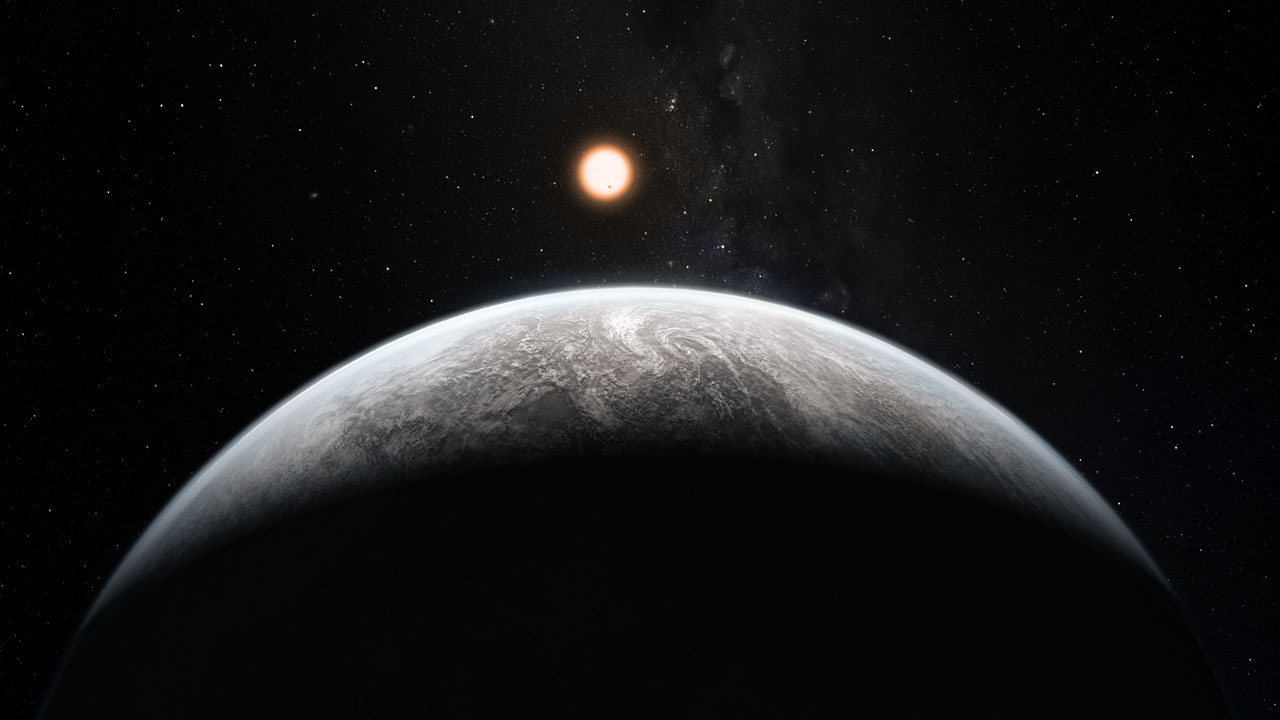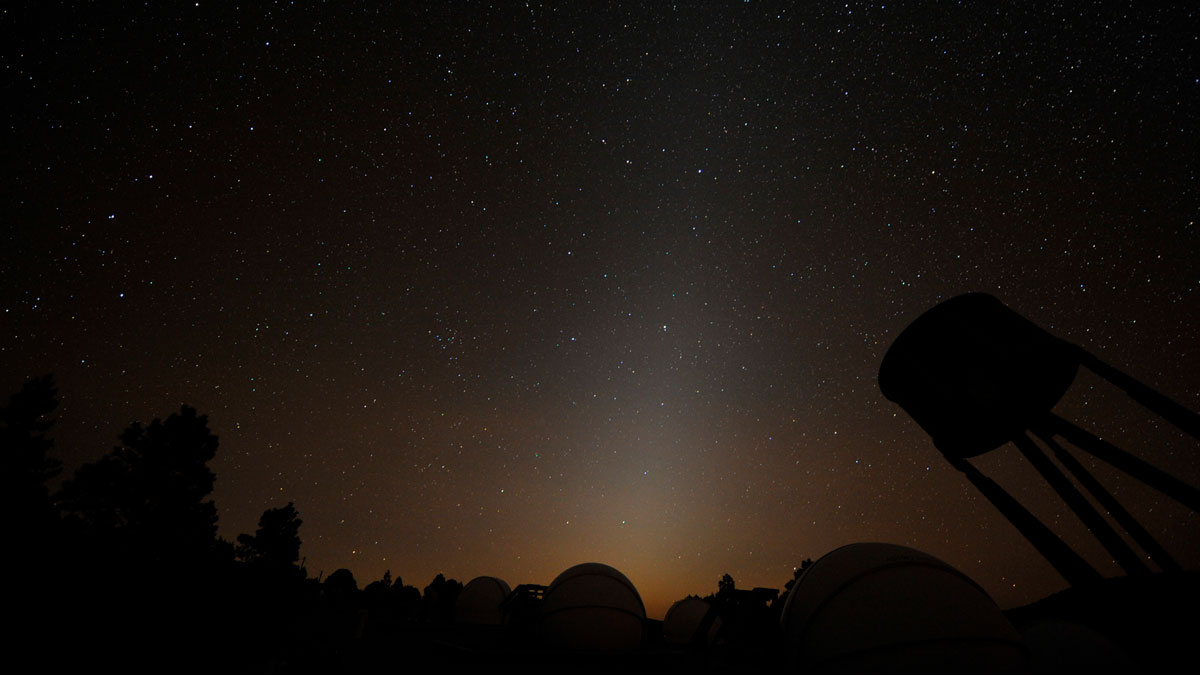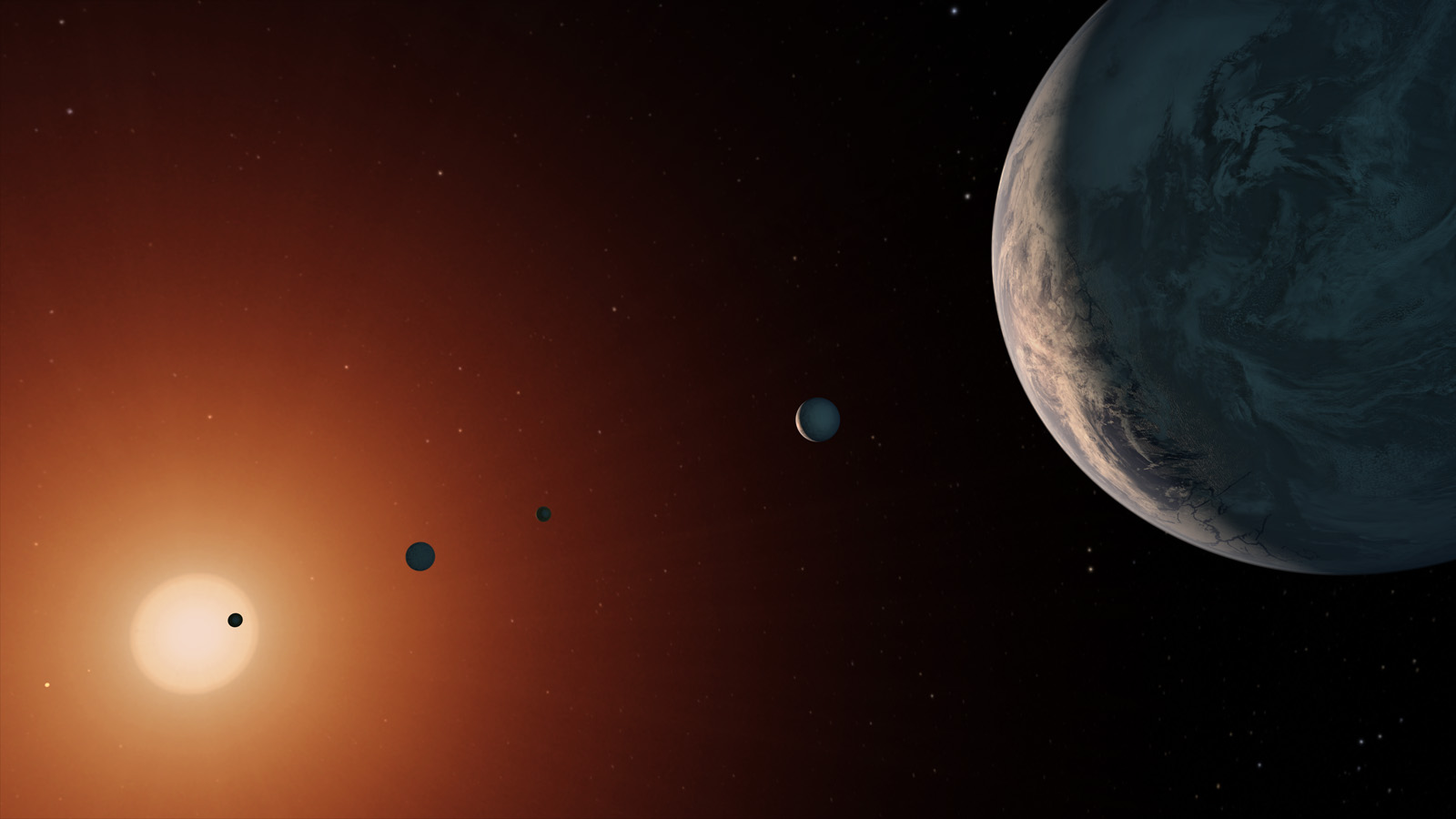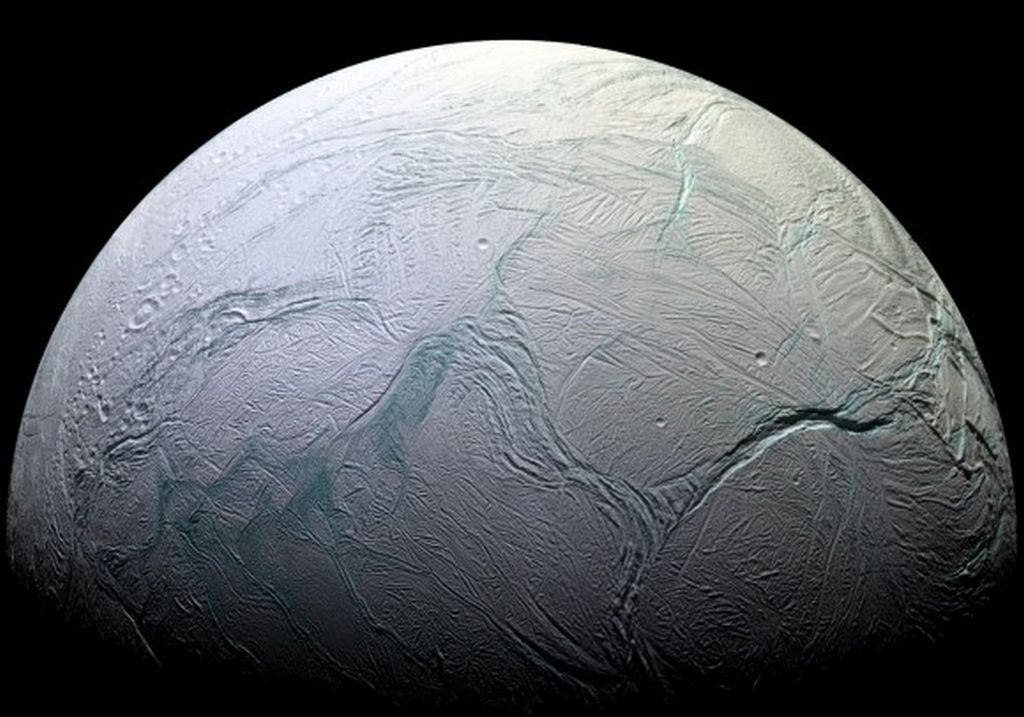Earth formed over 4.5 billion years ago via accretion. Earth’s building blocks were chunks of rock of varying sizes. From dust to planetesimals and everything in between. Many of those chunks of rock were carbonaceous meteorites, which scientists think came from asteroids in the outer reaches of the main asteroid belt.
But some evidence doesn’t line up well behind that conclusion. A new study says that some of the Earth-forming meteorites came from much further out in the Solar System.
Continue reading “The Building Blocks of Earth Could Have Come From Farther out in the Solar System”









